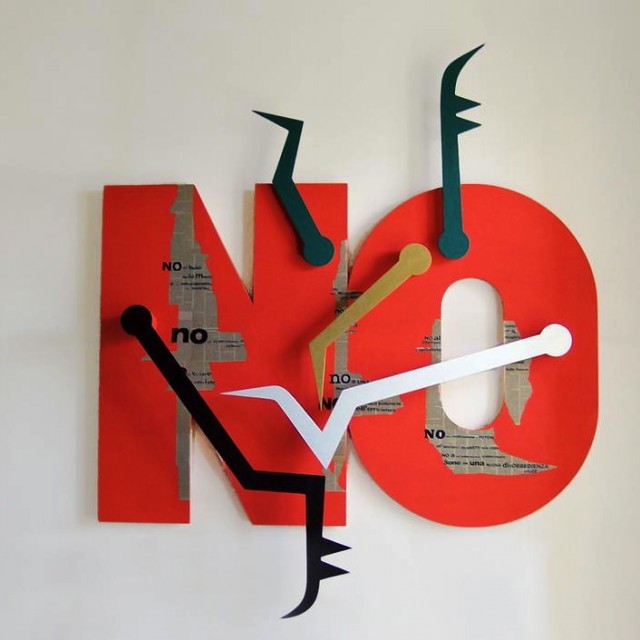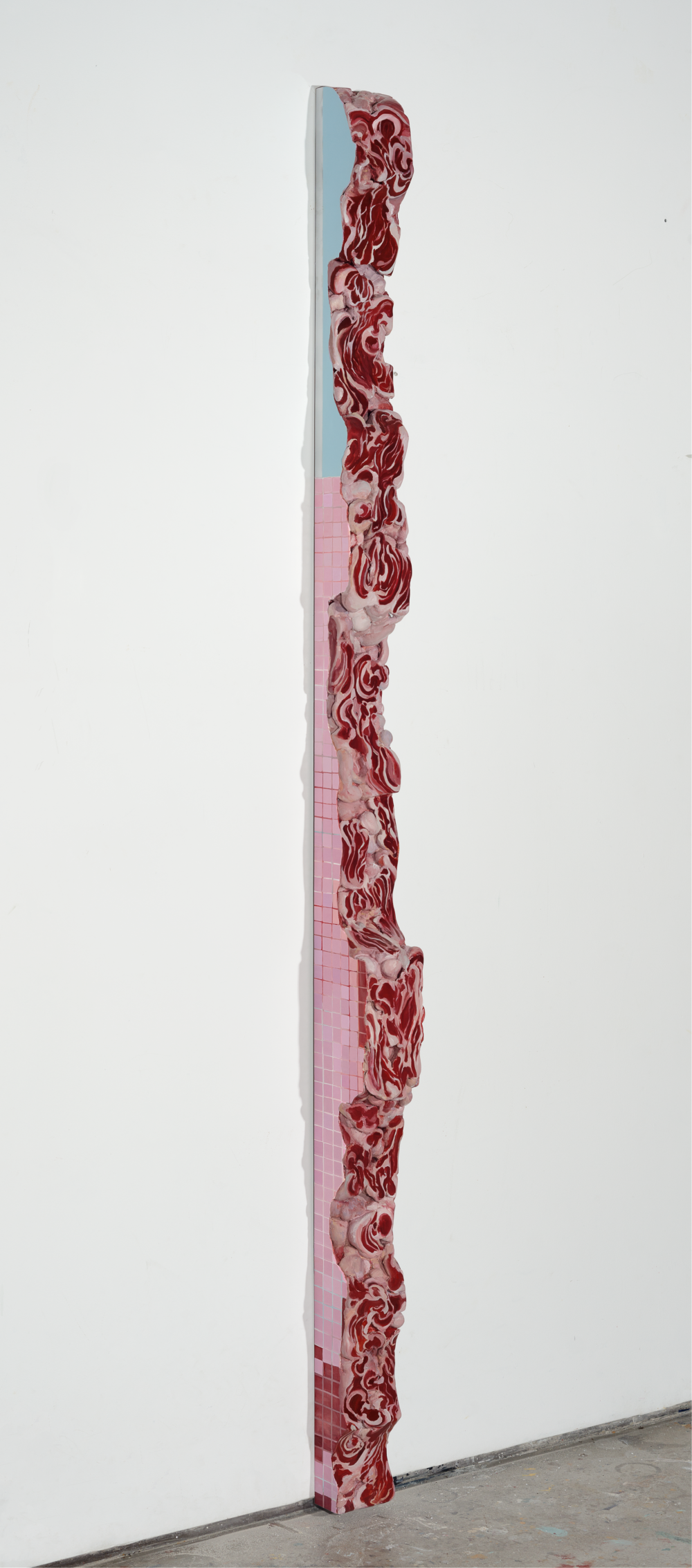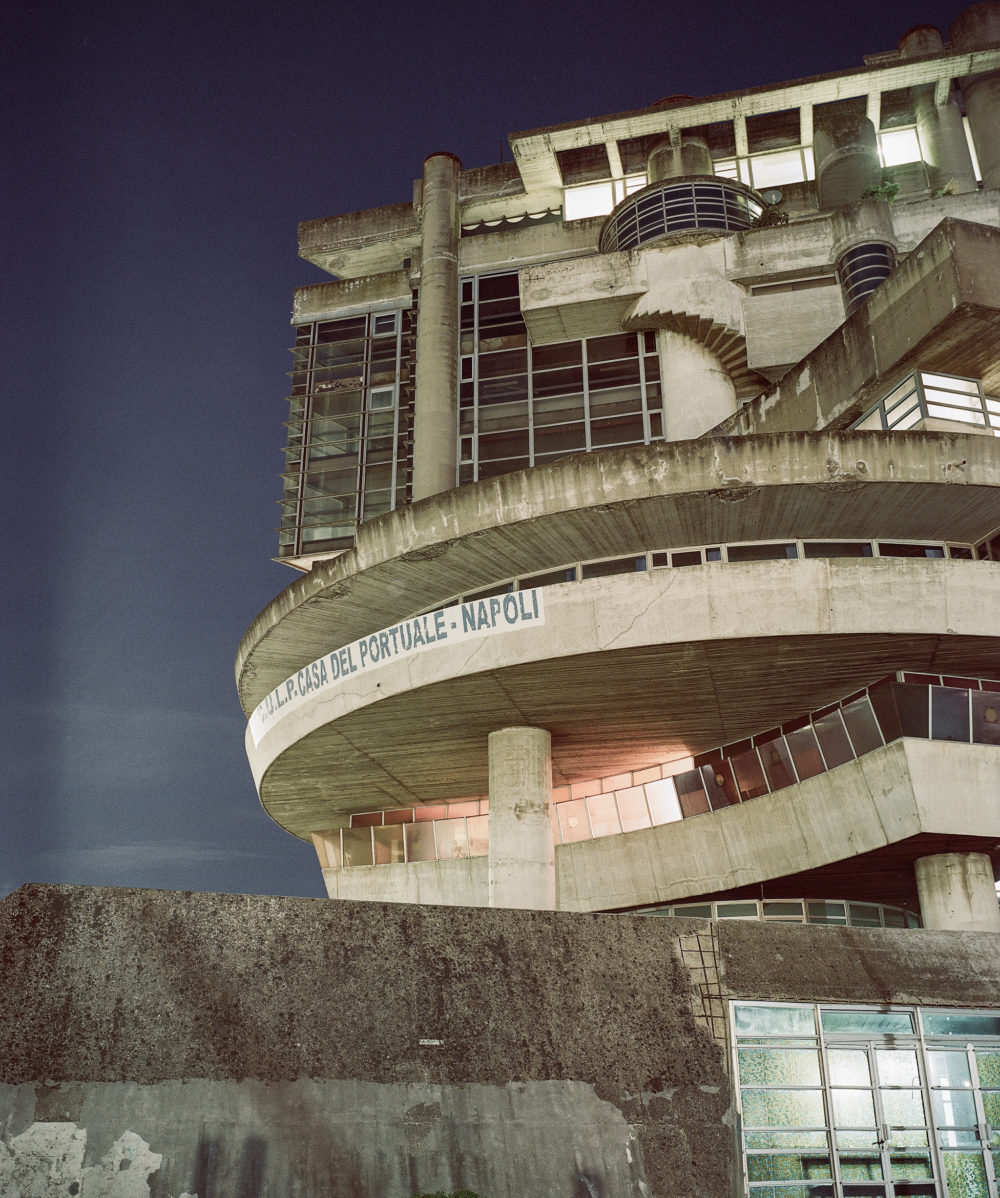Following the exhibition dedicated to Armando De Stefano, Madre museum continues its reflection on the artistic history of the City of Naples by presenting an exhibition on Mario Persico, one of the most active and influential figures in the production of art and the cultural debate in southern Italy.
The 17 works presented – an anthology in which his earlier achievements are joined by new works specifically created for the occasion – enable us to identify four major areas of research within the artist’s output: sculpture, practicable objects, theater and eroticism.
In 1967-68 Mario Persico produced his first sculptures, Segnali (“Signs”) and Oggetti ammiccanti (“Winking Objects”), which invert the habitual relation between man and artifact. In 1969, the Gru erotogaie (“Erotgay Cranes”) appeared in a number of public parks in Stuttgart, during the anthological exhibition organized by the Senatore Gallery . These works may mimic the tentacular movement of a monstrous animal or sexual act, indicate “utopian directions,” or unfold, stretch, contradict themselves, assuming humanoid forms and suggesting combinatorial possibilities. Le sedie dell’isteria (“Chairs of Hysteria”), also reflect on the use of the object. Among the prerequisites for the function of an object, there is the idea of ? a comprehensible and orderly world, with a social structure that identifies tasks and boundaries: construction, operation, use.
Persico’s Praticabili (“Practicables”), opere tattili (“Tactile Works”) and scacchiere (“Checkerboards”) are object-works which can be modified in different combinations, with a plurality of meanings, stressing the indeterminacy of artistic creation and the intervention of the user. These works, as well as the theories of the “open” work, which began to be debated in Italy in the sixties, draw on the statements of Alfred Jarry, the inventor of Pataphysics: the “science of imaginary solutions, which symbolically attunes to the features the properties of the objects described by their virtuality.”
After his experience in 1973 with Edoardo Sanguineti (Laborintus II and Il Combattimento di Tancredi e Clorinda at La Scala in Milan), Persico began to see the theater in terms of therapeutic freedom, the regeneration of psychic forces; as something which enables alea (randomness), which transforms experience, reverberating “into fiction” the state of identity of things “between the lower magic of the Tarot and lotto, and the theater of marionettes and the anatomical atlas”, as Sanguineti writes. His theater is silent to the sound of the Stabat Mater by Antonin Dvorak and the word of the artist himself and his daughter Ivana, acting with Antonio Casagrande and Pina Cutolo.
The last sphere is eroticism. In his works Persico challenges both the ineffability and the unfathomable depth of eroticism and the intimacy of the sexes. His erotic paintings reaffirm the primacy of the “low,” the obscene, of a conscious materialism to be pursued with excess. On this line of analysis, the artist proposes new relations between eroticism and power, in a profusion of energy, in sovereign and subversive enjoyment, without purposes of socialization or exchange. Facing the ridiculous horror of our times, the only resistance possible is the material, unrecoverable residuality of desire and sex.


